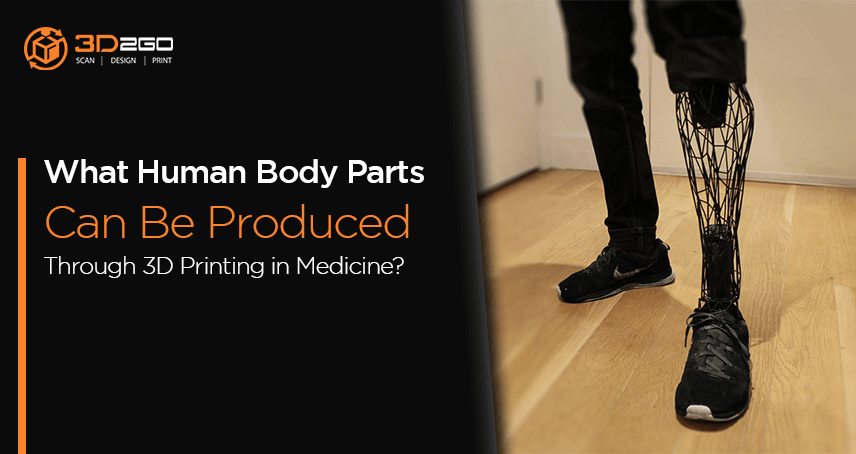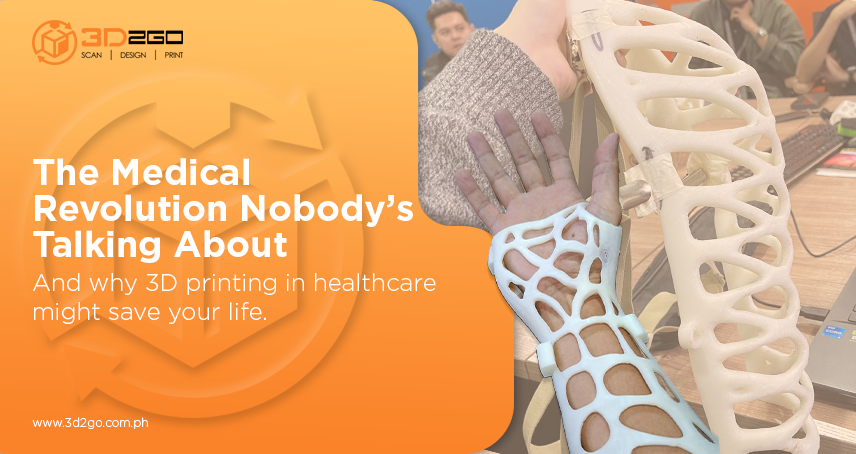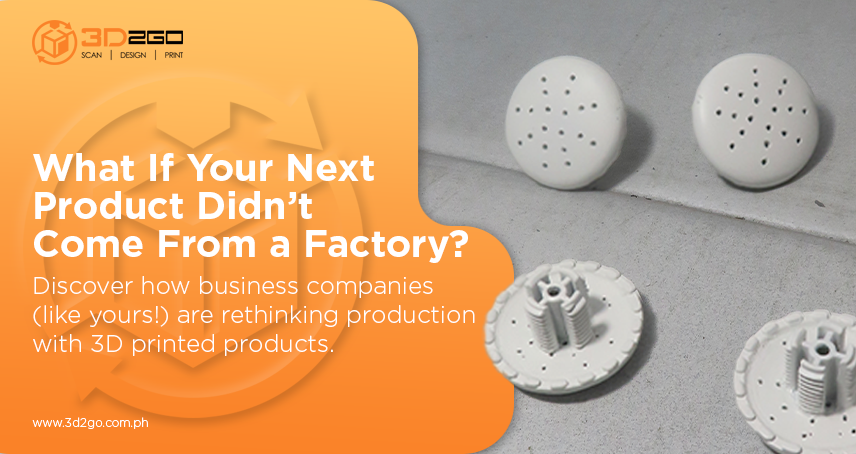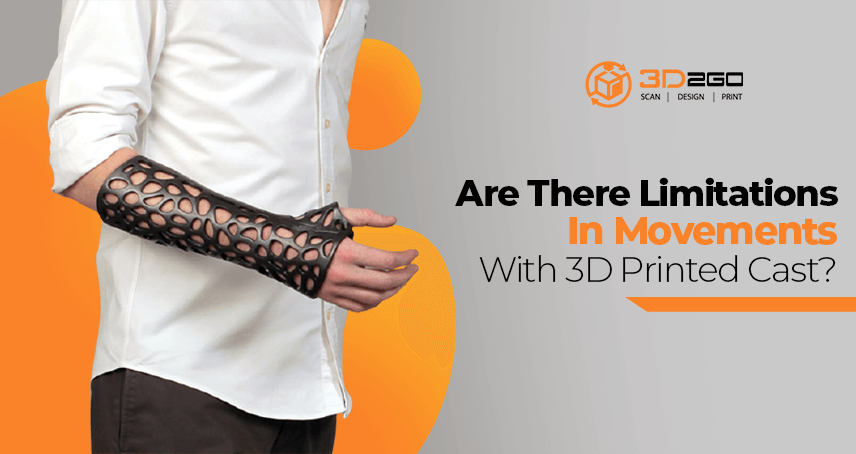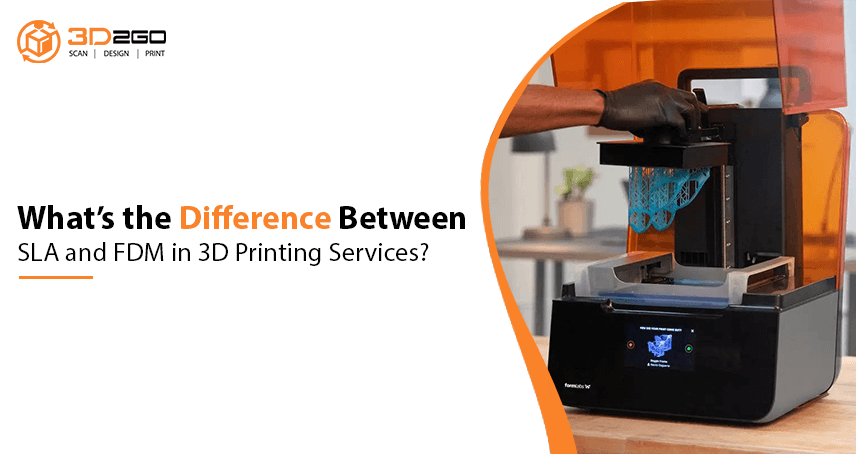
What’s the Difference Between SLA and FDM in 3D Printing Services?
June 28, 2022Customizable 3D Toys with 3D Printing
June 29, 2022Exploration of 3D Printing in Medicine
Scientists are exploring how special 3D printers can be utilized for making 3D prosthetic body parts. But before programming a machine to build a body part, scientists need to figure out how to create it themselves.
In numerous labs, bladders, blood vessels, and many other anatomical parts have been successfully implanted into patients.
With this, you may ask 3D2GO experts. Is there anything that 3D printers can’t print?
Everything can be 3D printed!
You read that right. And by everything, we mean anything under the sun. Advancements in 3D printing have skyrocketed in recent years, namely the 3D technology for medical applications.
We don’t mean creating a mini you with a 3D printer. Although it’s similar to going from the top of your head down to your feet, it’s not a replica of you. Bioprinting is a whole different aspect as it produces functional human organs.
Bioprinting is poised to push the boundaries further with the ability to print the following:
- Hair – Replicate artificial strands in the form of either soft strands, fibers, or bristles and hope to one day create full wigs.
- Human brain – It’s not as complex as the real human brain. But scientists are able to construct the complex tissue with a handheld 3D printer.
- Skull & Bones – Scientists and law enforcement are finding 3D printers useful for replicating bone. But the probable outcome would still not be filled with marrow.
- Spines – A German company received an FDA-approved 3D spinal implant.
- Ears – Bioengineers have been replicating ears that are injectable gels made of living cells since 2013.
- Eyes – Italian researchers are aiming to create eyes with enhanced vision and WiFi connection.
- Jaws & Teeth – Need to fill your jaw with teeth? Or maybe you have patients who lost the use of their jaw after a landmine explosion? 3D printing can also help with dental procedures no matter how extreme.
- Noses – It’s not just the typical nose surgery you have in mind. 3D printing can procure a nose that can give those who have lost or have no sense of smell a sense of smell.
- Throat – No matter the age, a 3D printed trachea made from trache plastic fibers and patients’ own stem cells could be improvised and changed regularly if the patient is a child.
- Limbs – Commonly known as prosthetic parts.
- Knees & Joints – Oddly shaped as joints can be manufactured and personalized with 3D printers as they vary between patient needs.
- Nails – This is more on the glamour and glitz side and can be done for the sake of fashion instead of health because it is technically an exterior body part.
- Skin – 3D printing has become a preferred option over animal testing.
- Blood vessels & Cells – 3D2GO allows 3D printing to develop and standardize processes for scaffold production and to cultivate vascularized skin rapidly and inexpensively.
- Regrowing nerves – Scientists have figured out how to regrow because 3D printing for nerves are not yet fully possible.
- Hearts – Researchers have figured out how to create beating 3D printed plastic or rubber hearts.
- Lungs – Surgeons, with the assistance of researchers and 3D printers, were able to complete a living donor lung transplant to a Japanese patient. Even if printing a full set of lungs is still years away, bioprinting is slowly making its way to make it possible.
- Liver – Bioprinted liver is mostly used in early-stage drug testing. But it can also help recreate a tumor for scientific studies.
- Kidneys – Via bioprinting, scientists were able to create miniature, living ones.
- Bladders – Real bladders have been swapped with engineered ones for years for multiple experiments and researches to further improve it and make it a regular surgical procedure.
- Intestines – This is another complex organ that still has a ways to go. But bioengineers are getting closer to figuring out how to normalize bioprinting intestines for patients.
Is 3D Printing in Medicine The Final Hope For Doctors?
There’s still so much more to be done and improved in 3D printing in medical field. Some body parts may already be 3D printed and fully functional. But there are also some others that still need further studies and improvement.
So what are you waiting for? Get in touch with us for more details through our email management@my3d.com.ph. You can also reach us through our Facebook and Instagram pages today!


